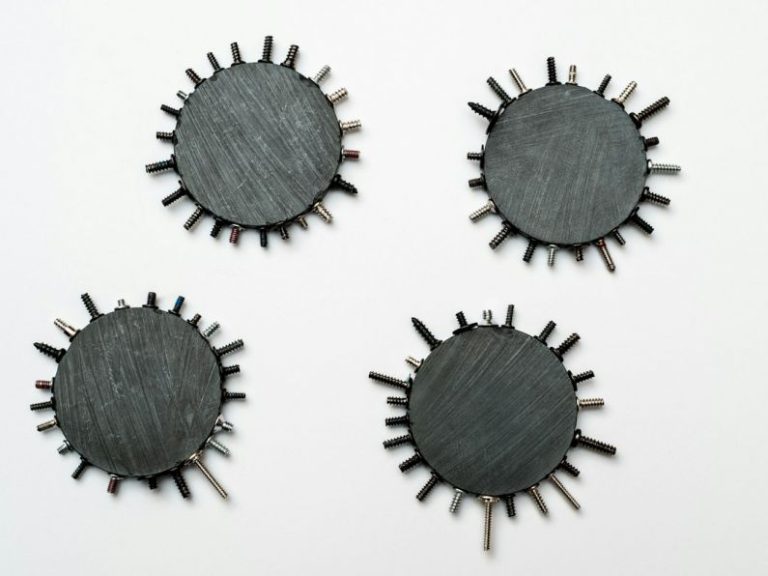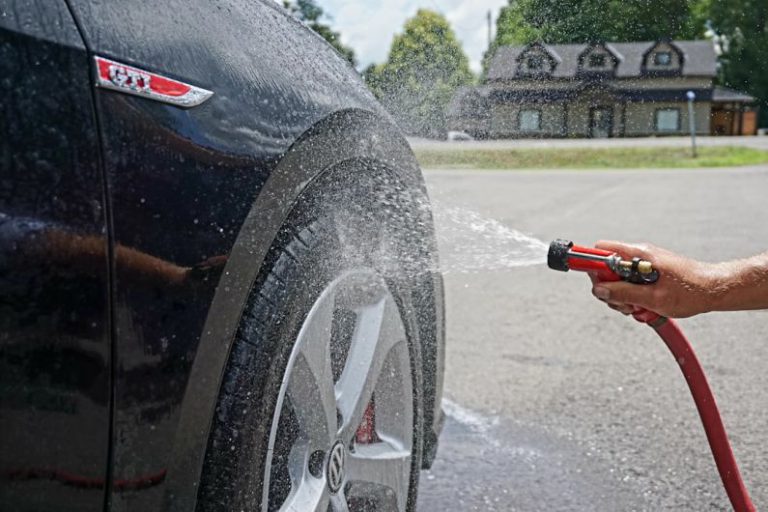The Ultimate Guide to Retreaded Tire Care
Taking care of your retreaded tires is essential for ensuring safety on the road and maximizing their lifespan. Retreaded tires provide a cost-effective and environmentally friendly alternative to purchasing new tires, but proper maintenance is key to getting the most out of them. In this ultimate guide, we will cover everything you need to know about retreaded tire care to keep you rolling smoothly.
Understanding Retreaded Tires
Retreaded tires are tires that have been previously used but have undergone a process that replaces the worn tread with new rubber. This process extends the life of the tire and reduces the environmental impact of tire disposal. Retreaded tires are commonly used on commercial vehicles but are also a popular choice for personal vehicles due to their affordability.
Inspecting Your Retreaded Tires
Regular inspections are crucial for identifying any issues with your retreaded tires before they become a safety hazard. Check for signs of wear, such as uneven tread wear, cuts, bulges, or embedded objects. Inspect the sidewalls for cracks or damage, as these can weaken the tire structure. Additionally, ensure that the tire pressure is at the recommended level to optimize performance and fuel efficiency.
Maintaining Proper Tire Pressure
Proper tire pressure is essential for ensuring optimal performance and safety. Underinflated tires can lead to increased fuel consumption, reduced handling, and premature wear. Overinflated tires, on the other hand, can result in a harsh ride, decreased traction, and uneven wear. Check your tire pressure regularly using a reliable gauge and adjust it as needed to match the manufacturer’s recommended pressure.
Rotating Your Tires
Rotating your tires at regular intervals helps to promote even wear and extend the lifespan of your retreaded tires. Front tires tend to wear faster than rear tires due to steering and braking forces, so rotating them helps to distribute the wear more evenly. Consult your vehicle’s manual for the recommended rotation pattern, and be sure to follow it to maximize tire longevity.
Balancing Your Tires
Properly balanced tires are essential for a smooth and comfortable ride. Imbalanced tires can cause vibrations, uneven wear, and steering issues. When installing or rotating your retreaded tires, make sure to have them balanced by a professional to ensure that weight is distributed evenly around the tire. Regular balancing helps to prevent premature wear and ensures a safer driving experience.
Avoiding Overloading
Overloading your vehicle puts excessive strain on your tires, leading to increased wear and a higher risk of blowouts. Check your vehicle’s maximum load capacity and avoid exceeding it to protect your retreaded tires. Distribute the weight evenly in your vehicle and avoid carrying unnecessary items to reduce the strain on your tires and maximize their lifespan.
Protecting Your Tires from Environmental Damage
Environmental factors such as extreme temperatures, UV exposure, and chemicals can affect the integrity of your retreaded tires. Park your vehicle in a shaded area whenever possible to reduce UV exposure and use tire covers to protect them from harsh weather conditions. Avoid parking near sources of heat or chemicals that can degrade the rubber compound of your tires.
Conclusion: Ensuring Longevity and Safety
By following these tips for retreaded tire care, you can ensure the longevity and safety of your tires while saving money and reducing your environmental impact. Regular inspections, proper maintenance, and safe driving habits are key to maximizing the performance of your retreaded tires. Remember that taking care of your tires not only benefits you but also contributes to a greener and more sustainable future.






